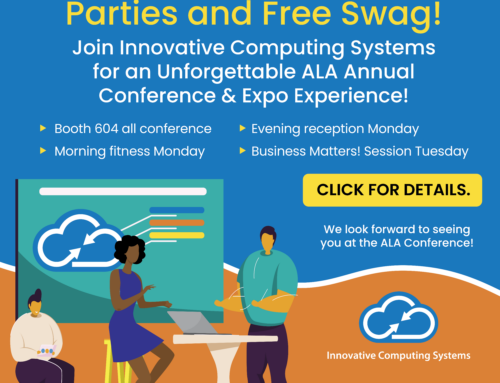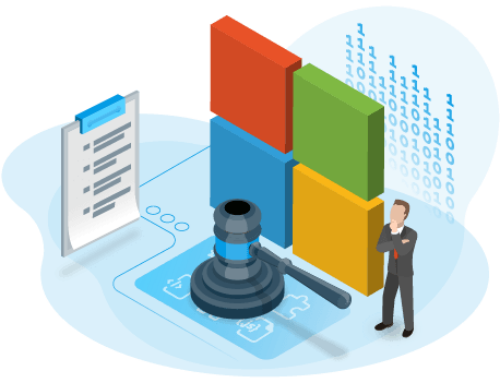So what does someone need to know about the annual RSA Conference? Most technical people know about it. However, as an account executive, I felt it was important for me to understand what the acronym “RSA†stands for. In my defense, I was a first-time attendee. But I wanted to know what kind of group I’d become involved with, and I figured knowing the meaning behind the acronym would give me a pretty good idea. Now, if you’re not a real techie, you probably don’t know the answer to my question. In fact, many people I talked to didn’t know. That made me feel better. I wasn’t alone in my ignorance. I went on a personal search to find out.
As most people in the cybersecurity and technical communities may know, RSA is public-key encryption technology developed by RSA Data Security, Inc., which was founded in 1982 to co

In 1991, a group of cryptographers began gathering in San Francisco and became known as “Cryptography, Standards & Public Policy.†It was a forum for cryptographers to gather and share the latest knowledge and advancements in the area of Internet security. In 1993, it became an annual event and was renamed the RSA Data Security Conference. Finally, by 2000, it took on the name of “RSA Conference.â€
Today, the conference is not only held annually in San Francisco, but also in Europe and Asia. The conference is primarily dependent on vendors – and vendors there are, in every shape and size. As you would expect at any conference, there were many vendors, demonstrations, attractions in the booths and lots of interested individuals from all walks of business – from public to private.
This year’s conference topics ranged from cybersecurity, cryptography, risk, compliance, information governance, strategy, technology infrastructure and professional development. In addition to the three large exhibit halls, there were 17 tracks at this year’s conference in San Francisco. A record-breaking 40,000+ people attended the conference this year.
As an attendee at this year’s conference, my focus was to provide support in our partner SentinelOne‘s vendor booth. Nothing drew more attention at this year’s conference than seeing a live demonstration of a ransomware attack, and witnessing the benefits of SentinelOne’s endpoint protection. People watched as SentinelOne tracked it, stopped it and not only eliminated it, but put the system back to where it was before the threat entered.
SentinelOne is a strong replacement for antivirus software. It does so much more in managing the security of your environment than traditional AV software ever did.
Currently, SentinelOne is the only company that can manage your endpoints by looking at behavior patterns and recognizing suspicious or unexpected patterns. It does all of this with surprising speed and without the use of incredible amounts of a workstation’s resources. Further, it can be setup in the cloud or on-premises. SentinelOne was also recognized and awarded Best New Emerging Technologies by SC Magazine at the San Francisco conference this year.
Personally, it was a fascinating several days joining the SentinelOne team and handing out “I Didn’t Pay the Ransom†T-shirts to attendees who watched one of our hourly demonstrations. It was a very timely discussion with recent publicity on a major hospital ransomed.
I learned the meaning of the acronym this year. More important, though, I learned about the best solutions for our clients’ workstations and networks. Given the new power we offer with SentinelOne, it may be time to review your law firm’s security. Give us a call and we’ll be happy to help.
{{cta(‘593e6139-1206-42f2-9e49-887ac48fb1bd’,’justifycenter’)}}



